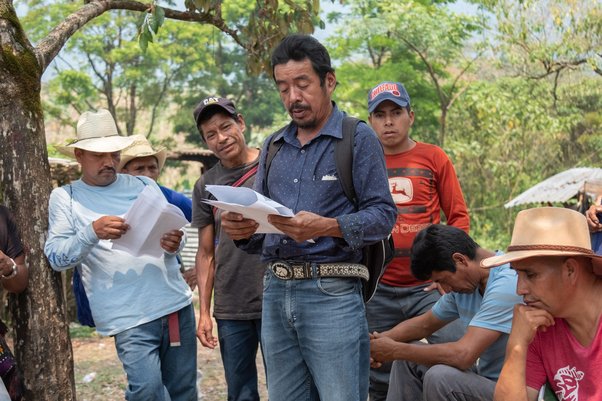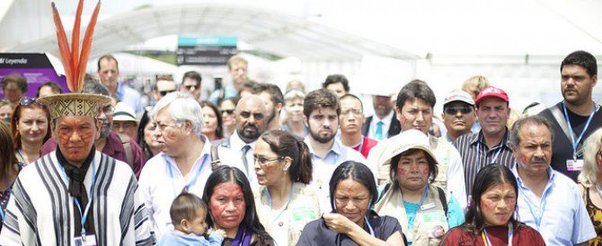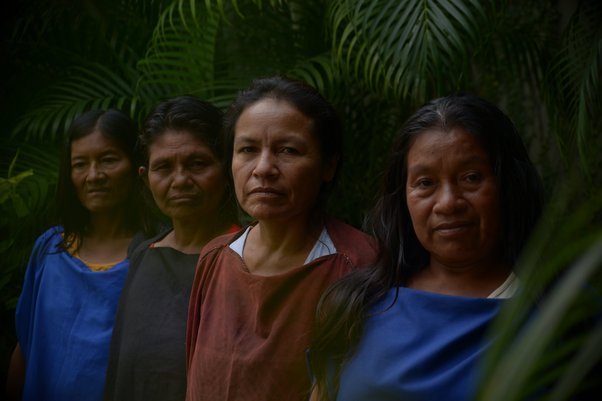The Peruvian Amazon contains the fourth largest area of tropical forest on Earth and is one of a handful of regions where over 50 percent of forest cover is still undisturbed . Peru has seen impressive economic growth in the last decade, with GDP increasing on average six percent a year , as it follows a commodities led development path. The boom in resource exploitation has put Peru’s environmental and social laws under the spotlight.
One of the biggest threats to the Peruvian Amazon and indigenous peoples’ territories comes from impacts associated with major infrastructure projects. According to one estimate, 91 percent of Peru’s current 68 million hectares (ha) of tropical forest will be degraded or deforested within 30 years if all current plans for infrastructure and resource use across the country go ahead.
Global Witness investigated one of these proposed infrastructure projects: a highway that would stretch approximately 270 km between Puerto Esperanza and Iñapari in the Amazon regions of Ucayali and Madre de Dios. The highway would cut through the Alto Purús National Park (the largest in Peru), the Purús Community Reserve and the Madre de Dios Territorial Reserve, violating Peru’s laws on protected areas in the process. Similar projects like the recently completed Southern Interoceanic Highway have facilitated the expansion of logging and gold mining, causing widespread environmental and social harm.
The area most affected by the plans is the isolated province of Purús in Ucayali Department. Purús harbours the richest area of mahogany left in Peru and perhaps the whole continent. It is also home to some of the last indigenous groups living ‘in voluntary isolation’ who have chosen not to have contact with the outside world.
Download the full report
Download Resource

